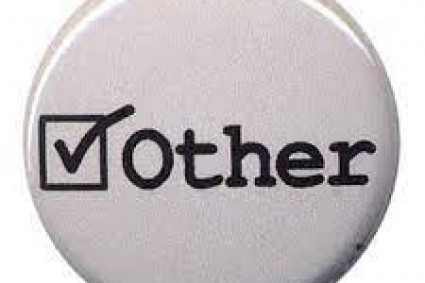
Introduction:
Embroidery, an ancient art form, is a wonderful way to add personal details to fabric. From intricate styles to ambitious designs, the right embroidery can transform a simple material into a work of art. But choosing the right one. embroidery design can be a daunting project How choosing the most suitable design in this guide for your creation would be beautiful and special.
Understanding the Project
Before diving into embroidery design, it is important to understand your business. Ask yourself the following questions:
What is the purpose of the challenge? Is it for personal use, a gift or a commercial product?
What material will you use? Different fabrics require unique designs.
What is the size of the task? Large tasks may also require more complex designs, while smaller ones might settle for simpler styles.
Types of Embroidery Patterns
Embroidery patterns can be broadly classified into traditional and modern patterns. Each has its own unique charm and application.
Traditional Embroidery
Traditional embroidery is timeless and often passed down from generation to generation. Some popular types include:
Floral Patterns: Classic and modern floral patterns are favorites in traditional embroidery. They can range from simple daisies to elaborate bouquets.
Geometric Shapes: These designs consist of intricate styles such as paisleys, mandalas and symmetrical shapes that add class to any material.
Cultural Motifs: Many cultures have great embroidery, including Japanese Sashiko, Indian phulkari, and Mexican otomi. These models are full of plates and badges.
Contemporary Embroidery
Contemporary embroidery involves contemporary themes and often unusual materials and strategies. Popular designs today are:
Abstract Art: These designs are loose and innovative, best to add a unique fit to your projects.
Typography: Adding phrases and sentences to embroidery has led to a modern way to personalize items.
Minimalist Designs: Clean lines and simple shapes define minimalist embroidery, making it ideal for contemporary aesthetics.
Combining Design and Fabric
When choosing the placement of embroidery, the choice of fabric is very important. Here are some tips to improve the design by material.
Lightweight Fabrics: Use subtle patterns like bold prints and small patterns to keep the fabric from covering too much.
Heavy Fabrics: Bold and intricate styles work well with thicker fabrics because they can withstand the stress of embroidery.
Stretch Fabrics: Choose designs with less tight stitches to prevent the fabric from stretching out of shape.
Color Selection
Color selection is an important part of embroidery layout. Here are some tips to help you choose the right colors:
Contrast: Make sure the thread and fabric contrast enough to make the arrangement stand out.
Color Harmony: Use the tonal principle to create harmonious patterns. Complementary colors can create a vibrant look, while analog tones offer a muted effect.
Personal Preference: Ultimately, the colors you choose should reflect your personal style and the intended use of the embroidered item.
Considering the Complexity of the Design
The complexity of the layout is another important issue. Beginners may want to start with simple styles to develop their skills, although experienced embroiderers can handle more complex designs. Here are some things to consider.
Skill Level: Choose a model that matches your skill level to avoid frustration and ensure a satisfying experience.
Time Commitment: More complex plans take longer to complete, so keep in mind how much time you can devote to your task.
Equipment: Make sure you have the necessary equipment and apparatus for your chosen model, as well as the correct needles and rings.
Custom Embroidery
If you want a truly unique creation, consider custom embroidery. Many artists and companies offer custom designs based entirely on ideas. Custom templates allow you to:
Personalize Gifts: Create personalized gifts with names, dates or special messages.
Branding: Add logos and logo elements to ad widgets.
Unique Artwork: Turn your drawings or virtual art into embroidery styles.
Resources and Tools
Here are some valuable resources and tools for selecting and developing an embroidery design:
Design Software: Programs such as Adobe Illustrator and specialized embroidery software allow you to create and edit your designs.
Online Libraries: Sites like Pinterest, Etsy, and embroidery boards offer many imaginative libraries.
Embroidery Machines: Modern embroidery machines come with preloaded designs and the ability to load personal designs, making the embroidery process easier and unique.
Tips For a Successful Embroidery Project
Finally, here are some tips to ensure your embroidery success:
Practice: Take time to practice unique stitches and strategies before you begin. start your main business.
Preparation: To remove wrinkles, fold the material correctly by washing and ironing.
Patience: Embroidery is a time-consuming art, so be patient and take breaks to avoid mistakes.
Finishing: Finish your work by trimming excess threads and cleaning the fabric for a professional look.
Conclusion
Choosing the right embroidery placement is a combination of what you are doing, understanding the fabric, choosing the right shades and matching the complexity of the design to your skill level. Whether you choose traditional styles or avant-garde designs, your creativity shines through the keys. With the right tools and resources, you can create beautiful, personalized embroidery that stands out. So grab your needle and thread and start browsing the quilts to find the right embroidery spot for your next challenge.





